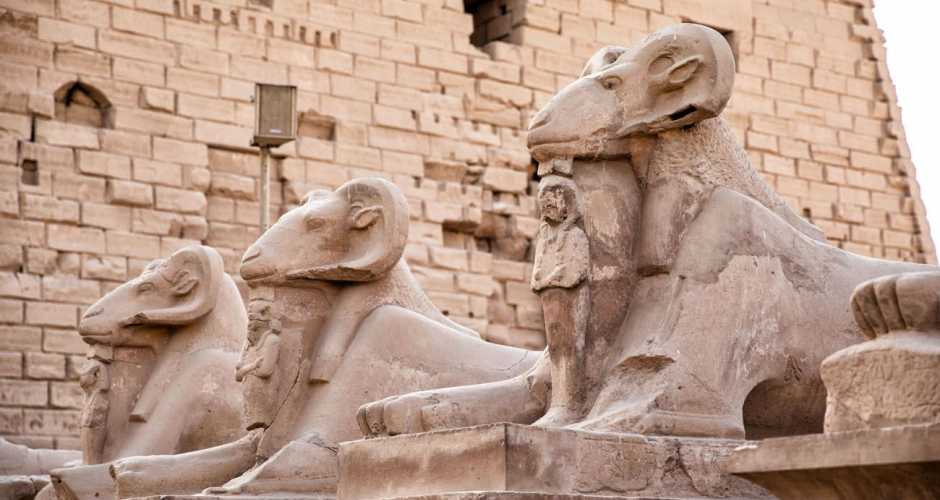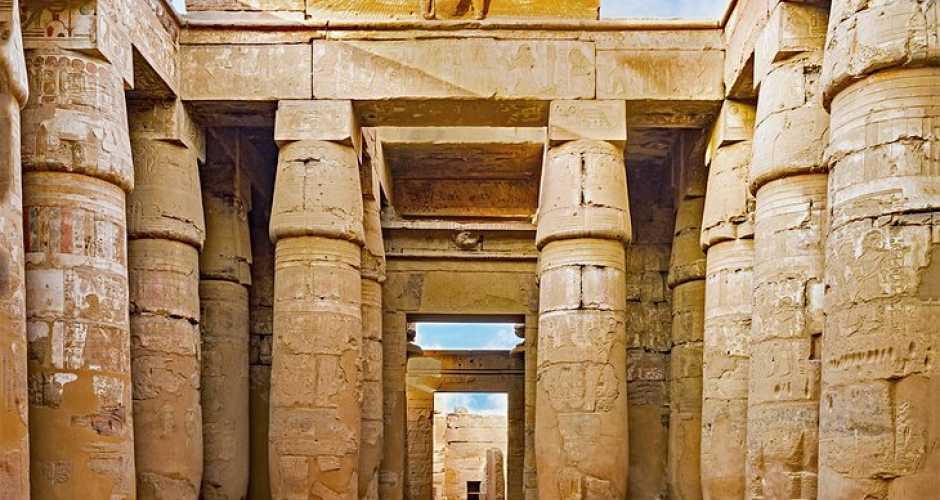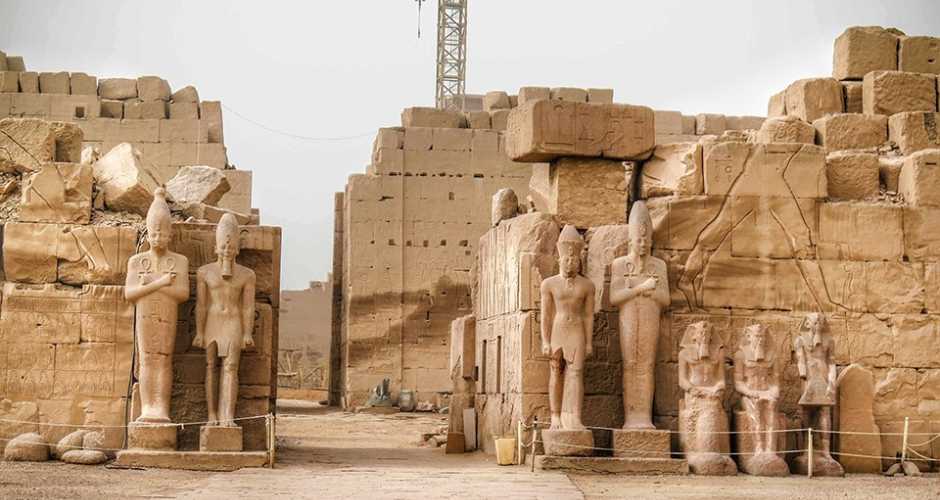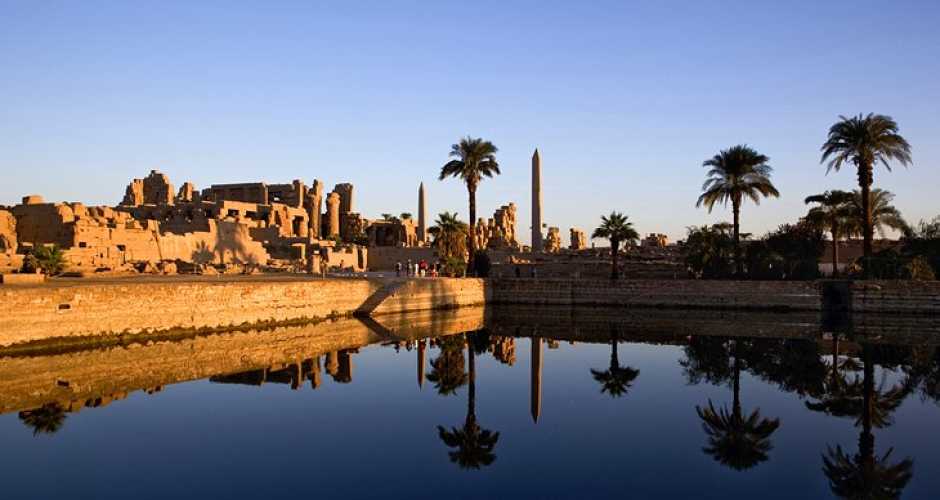- Home
-
Day tours
- Day tours
-
Marsa alam tours
-
Hurghada tours
-
El Quseir Tours
-
Makadi bay
-
Cairo Tours
- Cairo Tours
- Top Things in Cairo
- Siwa tours from Cairo
- Cairo Culture Tours
- Alexandria trips from Cairo
- Nile Cruises From Cairo
- Night Dinner Cruises in Cairo
- Sound and Light show Excursion
- Fayoum trips from Cairo
- Luxor Tours From Cairo
- white desert trips from Cairo
- Al Minya tours from Cairo
- Cairo Travel Packages
- Cairo Desert and Safari tours
- Aswan tours From Cairo
- Cairo Taxi Transfers
-
Luxor Tours
-
Portghalib tours
-
Sharm el Sheikh
-
El Gouna Tours
-
Aswan Tours
-
Sahl Hasheesh Tours
-
Soma Bay tours
- Safaga Tours
-
Airport Transfer
-
Tour Packages
- Tour Packages
-
Egypt Travel Packages
- Egypt Travel Packages
- Egypt Itinerary 4 Days
- Egypt Itinerary 5 Days
- Egypt Itinerary 6 Days
- Egypt itineraries 7 Days
- Egypt itineraries 8 Days
- Egypt Itinerary 9 Days
- Egypt Itineraries 10 Days
- Egypt Itinerary 11 Days
- Egypt Itineraries 12 Days
- Egypt Itineraries 13 Days
- Egypt Itineraries 14 Days
- Egypt Itineraries 15 Days
- Egypt Itineraries 16 Days
- Egypt Itineraries 17 Days
- Egypt Itineraries 18 Days
- Egypt Itineraries 19 Days
- Egypt Itineraries 20 Days
- Egypt Itineraries 21 Days
- Top Egypt Vacation Packages
- Egypt Cruises Packages
- Egypt Christmas Holidays
- Hurghada Holiday Packages
- Marsa Alam holidays packages
- Marsa Alam tour Packages
- Egypt Walking Holidays
-
Shore Excursions
- Egypt Nile Cruises
-
Egypt Attractions
- Egypt Attractions
-
Top Attractions In Luxor
-
Top attractions in Bahariya
-
Top Attractions In Fayoum
-
Top Attractions In Siwa
-
Top attractions in Sakkara
-
Top Attractions In Giza
-
Top Attractions In Aswan
-
Top Attractions In Alexandria
-
Top Attractions In Cairo
-
Attractions in Damietta
-
Top Attractions In Hurghada
-
Top Attractions in El Quseir
- Top attractions in Marsa Alam
- Top attractions in Al Minya
- Top attractions in El Gouna
- Top attractions in Sharm
- Contact us
-
Egypt Travel Guide
- Egypt Travel Guide
- Egypt tours Faq
- Egypt Itinerary 7 Days
- Best Tours in Marsa Alam
- Egypt Itinerary 8 Days
- Travel to siwa from Cairo
- Plan your trip to Egypt
- Is Egypt Safe to Visit
- Egypt Itinerary Planner
- The Best Winter Destinations
- Egypt Tour Packages guide
- The best Nile Cruises in Egypt
- Tips For visiting the Pyramid
- Foods You Need to Eat In Egypt
- The 10 Best Marsa Alam Tours
- Payment Policy
- White desert Tour packages
Karnak Temple precinct
Karnak is an ancient Egyptian temple precinct located on the east bank of the Nile River in Thebes (modern-day Luxor). It covers more than 100 hectares, an area larger than some ancient cities.The central sector of the site, which takes up the largest amount of space, is dedicated to Amun-Ra, a male god associated with Thebes. The area immediately around his main sanctuary was known in antiquity as “Ipet-Sun” which means “the most select of places.”The complex is dominated by the great Temple of Amun-Ra – one of the world's largest religious complexes – with its famous hypostyle hall, a spectacular forest of giant papyrus-shaped columns. This main structure is surrounded by the houses of Amun's wife Mut and their son Khonsu, two other huge temple complexes on this site. On its southern side, the Mut Temple Enclosure was once linked to the main temple by an avenue of ram-headed sphinxes. To the north is the Montu Temple Enclosure, which honoured the local Theban war god.

Avenue of Sphinxes
An avenue of ram-headed Sphinxes leads to the first pylon. Ram head symbolizing to god Amun, there are 20 rams on each side, it was built to protect the temple. The first Pylon is the main entrance to the temple and last building at Karnak. flanked on both sides by ram-headed sphinxes. These once ran all the way to Karnak from Luxor Temple (in downtown modern Luxor). During the Ancient Egyptian annual Festival of Opet, the statues of Amun, Mut, and Khonsu were paraded out of Karnak, down this avenue to Luxor Temple.

First Pylon
The gigantic First Pylon, built in the time of the Ethiopian kings, is 113 meters wide with walls 15 meters thick and still stands 43.5 meters high. It was left unfinished, and fragments of the scaffolding of sun-dried brick used during its construction are still visible.
The rectangular terrace in front of the Pylon was subject to flooding in ancient times, as it shows by the marks on its front recording the heights reached by the inundation under the 21st-26th Dynasties. Also look high up on the right-hand side of the doorway to see an inscription recording the latitude and longitude of the principal Egyptian temples as established by the French savants who accompanied Napoleon's expedition to Egypt in 1799, and opposite this, on the left-hand side, is an inscription by an Italian learned society recording the magnetic deviation (10° 56") as calculated by them in 1841.
Great Court
Beyond the Pylon, you come to the Great Court, which dates from the 22nd Dynasty. It is 103 meters wide by 84 meters deep with colonnades on both sides. The south colonnade is interrupted by the front part of Ramses III's temple.

Temple of Seti II
In the north corner of the court is the small Temple of Seti II, which consists of three chapels dedicated respectively (from left to right) to Mut, Amun, and Khons, each with niches for the image of the deity.
The two pedestals in the middle of the court (only the base of the right hand one being preserved) were intended for statues. Beyond them is the Kiosk of Taharqa. Of its original 10 columns, one, on the right, has survived complete with its open capital and abacus; the five on the left have been reconstructed. The kiosk had doorways on all four sides; in front of the west door, to the right, is a recumbent sphinx. On the right hand column (restored 1927), the name of Psammetichus has been placed over that of the Ethiopian ruler Taharqa (25th Dynasty). Adjoining it is the name of Ptolemy IV Philopator, which also appears on the abacus

Great Temple of Amun
The massive temple complex of Karnak was the principal religious center of the god Amun-Re in Thebes during the New Kingdom (which lasted from 1550 until 1070 B.C.E.). The complex remains one of the largest religious complexes in the world. However, Karnak was not just one temple dedicated to one god—it held not only the main precinct to the god Amun-Re—but also the precincts of the gods Mut and Montu. Compared to other temple compounds that survive from ancient Egypt, Karnak is in a poor state of preservation but it still gives scholars a wealth of information about Egyptian religion and art.
North from the Main Temple of Amun Known as the Karnak Open-Air Museum, this collection of shrines lies directly north of the Temple of Amun's Great Court.

Temple of Ramses II
Ramesses III (1184–1153 BC) built a bark shrine south of the second pylon, which was later enclosed by the court yard constructed by Shoshenq I (943-922 BC). The shrine’s entrance was fronted by a small pylon adorned with scenes of the king smiting his enemies and two six meter statues carved from red sandstone flanked the door way.
Inside, the first court is lined with Osride statues of the king; the west side wear the red crown of the south, while those on the east side wear the white crown of the north.

Second Pylon
The Second Pylon, built by Ramses II, is badly dilapidated. The towers have been freed from the ruins of later buildings erected in front of them using stone of the Amarna period. In the center is the huge doorway, formerly preceded by a kind of small vestibule flanked by two statues of Ramses II: one of these (on the right) still stands, of the other, only the legs are left.
In the doorway, which bears the cartouches of Ramses I, Seti I, and Ramses II, an intervening door was built by Ptolemy VI Philometor and Ptolemy IX Euergetes II during their joint reign; the lintel of this is missing, but the jambs remain, with reliefs showing the King making offerings to the gods of the temple. The inner side of the earlier doorway has reliefs of the Ptolemaic period with the same scenes on both sides.

The Great Hypostyle Hall
The Great Hypostyle Hall is the most amazing building at Karnak. It 103 m in length and 52m in width, it consists of 134 gigantic stone columns, there are largest 12 columns are 24m in height and 3.5m in diameter, other 122 columns are 12m in height. It built by King Seti who ruled from 1290 to 1279 B.C. The outer walls of northern wing describe Seti’s battle. The south wall inscribed with Ramesses II’s peace treaty with the Hittites.
The roof was supported on 134 columns in 16 rows. The two central rows, which are higher, consist of papyrus columns with open capitals, while the other rows have closed capitals. The roof of the central aisle, 24 meters high, rested on the two central rows of columns and on one of the lower rows on each side, the difference in height being made good by square pillars on top of the lower columns. Between these pillars were windows with stone lattice work (one of which, on the south side, is almost perfectly preserved).

Third Pylon
The rear wall of the Great Hypostyle Hall is formed by the Third Pylon, built by Amenophis III. Incorporated in its structure were large blocks decorated with reliefs from 13 earlier temples. On the south tower is a long inscription (top part destroyed) detailing the gifts made by the pharaoh to Amun. On the north tower are the last remnants of a relief depicting a ceremonial voyage on the Nile (the pharaoh on the sacred barque of Amun with another vessel).
Central Court
In the Central Court beyond the Third Pylon there were formerly four obelisks, two of them set up by Tuthmosis I and two by Tuthmosis II. One of these is still standing, together with the bases of the other three. It is 21.75 meters high and is estimated to weigh 143 tons. On each face of the obelisk are three vertical inscriptions, the central one being the dedicatory inscription by Tuthmosis I; the other two are additions by Ramses IV and VI. The obelisks erected by Tuthmosis I marked the former entrance to the temple

The Fourth Pylon
The Fourth Pylon, built by Tuthmosis I, is in a ruinous condition. The doorway, according to the relief inscription, was restored by Alexander the Great. Beyond the pylon is a colonnade, also ruined, which originally contained huge statues of Osiris set in niches and two obelisks of Aswan granite erected by Queen Hatshepsut, the tips of which were covered with electrum (an alloy of gold and silver). The right hand (south) obelisk lies broken on the ground, its upper part on a heap of rubble to the right; on the base are long inscriptions celebrating Hatshepsut's power as pharaoh.
The left hand obelisk still stands erect to a height of 29.5 meters and an estimated weight of 323 tons. On each of the four faces is a vertical inscription recording the dedication of the obelisks and the fact that they were constructed in only seven months. On the upper part are reliefs depicting Hatshepsut, Tuthmosis I, and Tuthmosis III making offerings to Amun; the names and figures of Amun were defaced by Amenophis IV but restored by Seti I. Against the wall to the left is a granite statue of Tuthmosis kneeling and holding an altar in front of him.

Fifth and Sixth Pylon
Beyond the Fifth Pylon built by Tuthmosis I, are two small antechambers, now in a state of ruin, built by Tuthmosis III in front of the Sixth Pylon. To the right and left are courts with colonnades of 16-sided columns and statues of Osiris — remnants of the large court built by Tuthmosis I around the temple of the Middle Kingdom. In the passage leading to the north court is a colossal seated figure of Amenophis II in red granite.
The Sixth Pylon built by Tuthmosis III, the last and smallest of all, is also in a ruined state. On the walls to the right and left of the granite central doorway are lists of the cities and tribes subdued by Tuthmosis III: to the right, the people of the southern lands; to the left, "the lands of the Upper Retenu, which his majesty took in the miserable city of Megiddo."

Sacred Lake
Karnak Temple Sacred Lake is the largest of its kind and was dug by Tuthmosis III (1473-1458 BC). It measures 393 feet (120m) by 252 feet (77m) and is lined with stone wall and has stairways descending into the water. The lake was used by the priests for ritual washing and ritual navigation. It was also home to the sacred geese of Amun (the goose being another symbol of Amun) and was a symbol of the primeval waters from which life arose in the ancient Egyptian’s idea of creation.
It was surrounded by storerooms and living quarters for the priests. There was also an aviary for aquatic birds. Near the northwest corner are the ruins of a building erected by Taharqa, and on the edge of the lake is a large granite scarab dedicated by Amenophis III to the sun god Atum-Khepri, who was represented in the form of a scarab.
